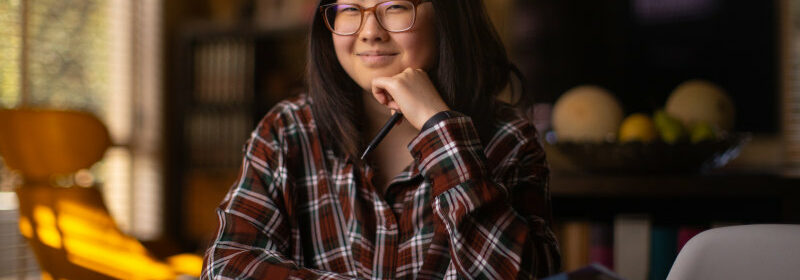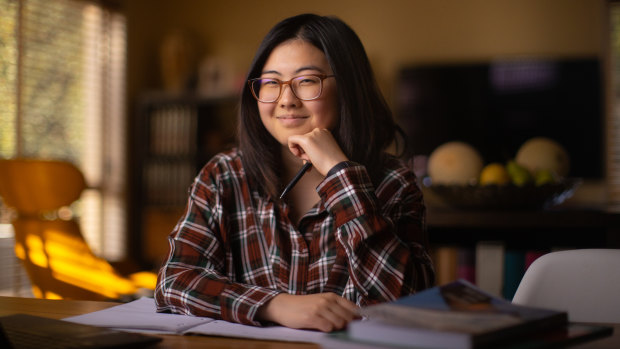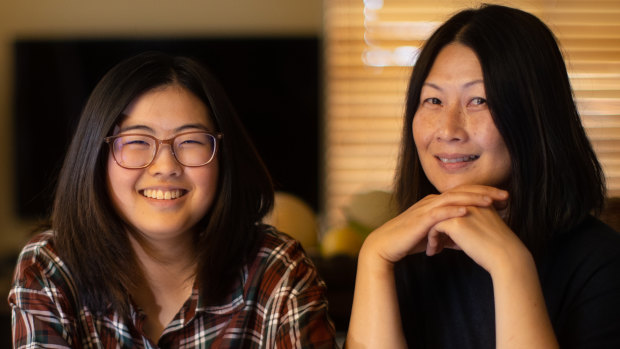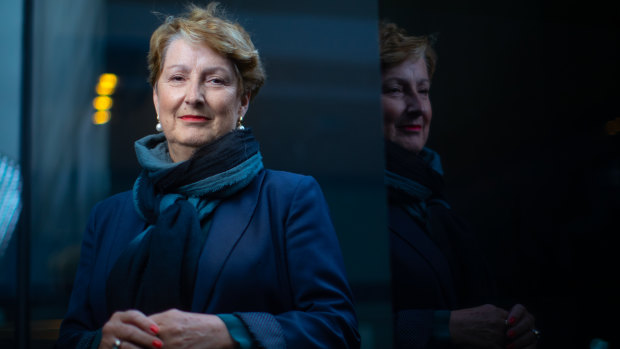‘They could be finding the cure for cancer’: Why Australia is failing our high achievers

Save articles for later
Add articles to your saved list and come back to them any time.
Key points
- There are more than 400,000 gifted children in schools across Australia.
- Research shows that between 10 and 50 per cent of gifted students exhibit significant academic underachievement.
- Gifted education needs to be prioritised, says University of NSW researcher Associate Professor Jae Jung.
- Victorian opposition education spokesperson Matthew Bach has pushed for an extra 10 select-entry high schools to cater for population growth.
Australia’s gifted students are being left to languish, with many underachieving as they go unnoticed and unsupported, experts say.
University of NSW researcher Associate Professor Jae Jung says teachers need more training on how to identify and support gifted students, gifted education needs to be prioritised and there should be more select-entry public schools.
Gifted student Andee Tham has relished a challenging curriculum.Credit: Simon Schluter
“One would expect being gifted to be an unquestionable advantage,” said Jung.
“Sadly, the research remains clear on the fact that many gifted students in our schools are languishing far from their potential. Their right to an education that meets their intellectual and psychological needs is being neglected.”
A gifted student has a natural ability that puts them in the top 10 per cent of their age group in one or more areas, whether intellectual, creative, social/emotional or physical.
Jung says there are more than 400,000 gifted children in schools across Australia, and he, along with Dr Rahmi Jackson, have found the best way to identify those who hide behind unremarkable results.
They use the “simple difference method”, finding the ability of a student and their achievement level and assessing whether the difference between those is significant. Their research has won the 2023 Pathbreaker Award at the American Education Research Association.
Jung said one of the biggest myths about gifted students was that they were going to achieve regardless of input, but he said there was an “epidemic of underachievement among gifted students”.
He points to research that says between 10 and 50 per cent of gifted students exhibit significant academic underachievement.
“These young people … may experience a lot of distress as a result including frustration, low self-esteem, boredom, anxiety, withdrawal and anger,” Dr Jackson says.
“This means Australia is missing out on many benefits. These students could be finding the cure for cancer, or resolving climate change issues, that could have a huge impact on everyone.”
Bundoora student Andee Tham was in grade 5 when teachers identified she was gifted.
The Northside Christian College student is now 17 and does extension maths and English, debating and leadership programs.
Gifted student Andee Tham with her mother, Lilina.Credit: Simon Schluter
“I definitely can tell if I didn’t have that, I would have got bored and frustrated because it never would have been challenging for me,” she said.
“There’s definitely a lot of untapped potential I would never have had a chance to expand on.”
Her mother, Lilina, said gifted students had special needs as well.
“People think because they are gifted you can leave them alone and they will excel at their own pace,” she said.
But she said Andee, who struggled with perfectionism, also had heightened emotional responses to her schooling because she put a lot of pressure on herself.
“Just helping them navigate and recognise that and put things in perspective is really important.”
Jung said one way to support gifted students was to create more public select-entry high schools. Victoria has four: the Mac.Robertson Girls’ High School, Melbourne High School, Nossal High School and Suzanne Cory High School, which account for 4200 students. There is also a specialist science school, the John Monash Science School.
Their students are regularly among the state’s best VCE performers.
There are also a range of accredited SEAL programs that offer accelerated programs for gifted students. It’s a stark difference to New South Wales, which has 48 select-entry schools.
Gifted education expert Dr Leonie Kronborg. Credit: Simon Schluter
Victorian opposition education spokesperson Matthew Bach has pushed for an extra 10 select-entry high schools to cater for population growth.
But Emma Rowe, a senior lecturer in education at Deakin University, said select-entry schools largely did not enroll disadvantaged students, and the state needed high-quality schools that were accessible to everyone.
Monash University adjunct senior lecturer in gifted education Dr Leonie Kronborg, who also runs Agatevic, said it was hard to identify who Australia’s gifted students were because there wasn’t mass testing.
“I would agree that many of our gifted students could easily be underachieving in our classes because teachers often don’t know who their most highly able students are,” she said.
“I find it amazing the denial of gifted education to a large extent.
“If you aren’t aware of how to balance the curriculum and the focus on the ability issues as well as the psychological issues, sometimes you can get it wrong.”
A state government spokesperson said its Student Excellence Program ensured high-ability students were supported across the state, with better learning environments and support for teachers to deliver stronger educational outcomes.
“We’ve built a public school system that works for every student – whether they need more support with their learning, or to be pushed to extend themselves, we’re making sure all Victorian kids achieve their full potential.”
The Morning Edition newsletter is our guide to the day’s most important and interesting stories, analysis and insights. Sign up here.
Most Viewed in National
From our partners
Source: Read Full Article


